Caffeine is one of the most consumed substances in the world for its taste, but also for its effects on our organism. It can be found in many products but it is mainly consumed through coffee; a beverage that can be found in almost every restaurant, bar, and kitchen. Known for its stimulating effects, caffeine is widely used in the field of sport.
What is caffeine?
Caffeine is a molecule with a bitter taste, naturally present in more than 60 plant species. It is found in coffee beans, but also in other foods such as mate or tea. Caffeine content varies in each different plant species. For example, the two major types of coffee we use are Coffea arabica and Coffea canephora var. robusta, more commonly referred to as Arabica coffee and Robusta coffee. Arabica coffee contains 1% caffeine, against 2% for Robusta coffee.
Another example is Mate, a drink from South America, made from the leaves of a shrub of the Aquifoliaceae family. The leaves, once roasted and cut into pieces, are usually infused in hot water, which produces the mate; a caffeine-rich drink. Depending on the variety, the caffeine content varies from 0.9-2.2%.
Caffeine is one of the most widely consumed substances: 80% of the world’s population ingest it on a daily basis, through diet, supplementation, or even medication.
On the long term, too much caffeine (above 500mg/day) can have negative effects on health, such as chronic insomnia, paranoia or depression for example.
Caffeine and sport

Caffeine has stimulating virtues that improve physical performance. Caffeine is considered to be an ergogenic agent, but not a doping product, according to the World Anti-Doping Agency. 3-5mg of caffeine per kg of body weight ingested approximately 1 hour before an effort is known to enhance athletic performance.
If we look at more technical details, caffeine rapidly enters the bloodstream once ingested. Only 40-60 minutes are necessary for it to reach all the organs, however it operates mainly in the nervous system.
Caffeine creates stimulation by binding to adenosine captors. Adenosine is a molecule that has very similar characteristics to caffeine. When adenosine binds to its receptors on nerve cells, this slows down the system, dilates blood vessels and therefore plays a role in establishing sleep. Caffeine acts by binding to adenosine receptors which causes a stress reaction instead of the soothing reaction which should have occurred.
Moreover, caffeine also stimulates the production of adrenaline, a hormone that speeds up heart rate, increases blood flow, and thereby brings more energy to the muscles. Indeed, the amount of blood sent to the muscles increases with the heart rate, bringing more oxygen and nutrients to sustain the effort.
However, it is interesting to note that regular consumption of caffeine has a different effect. Indeed, the body adapts by producing more receptors for adenosine to counterbalance the caffeine molecules. Thus, the benefits of caffeine on performance are more pronounced among people who do not normally consume a lot of it.
Want to add caffeine in your training program?
Try our caffeine products:














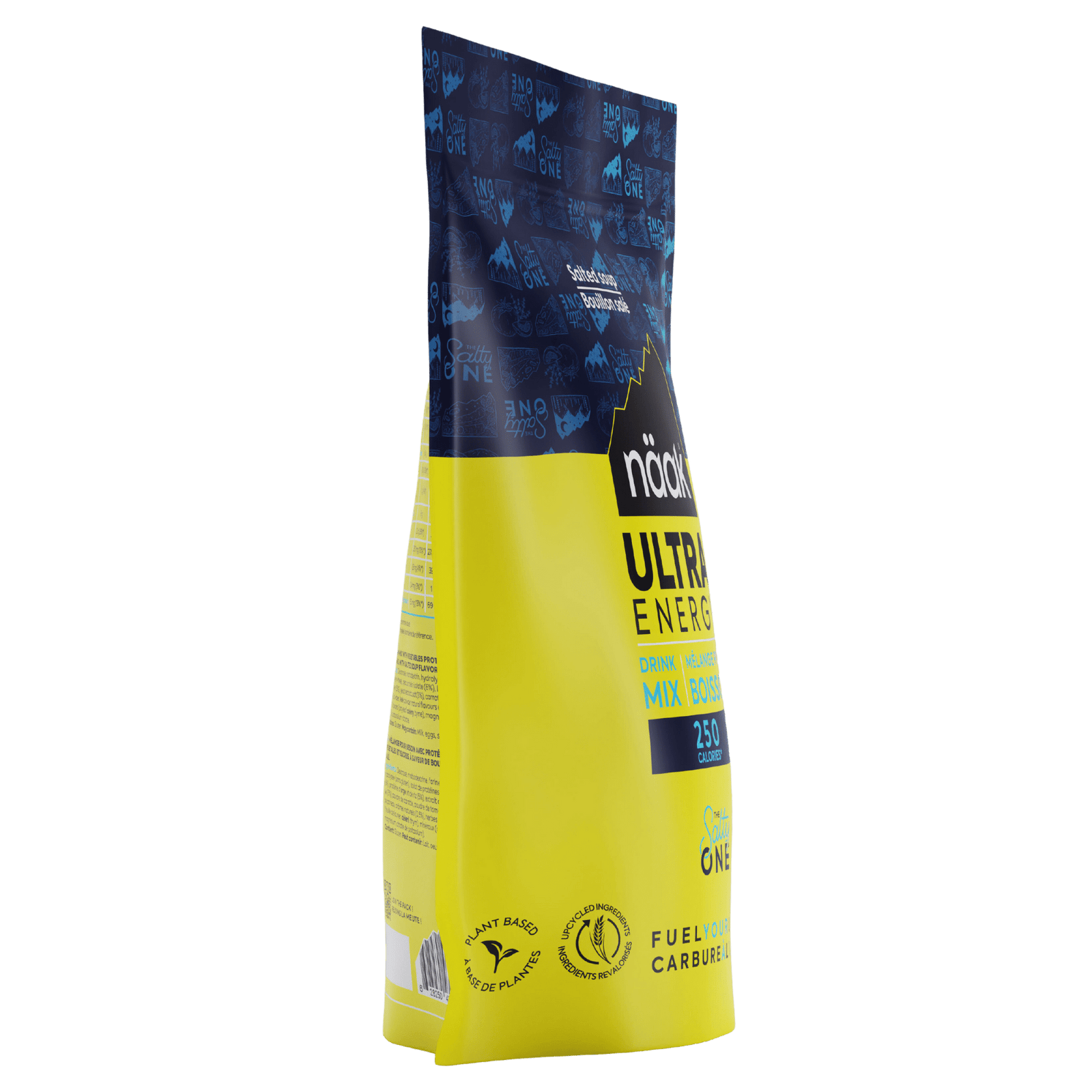
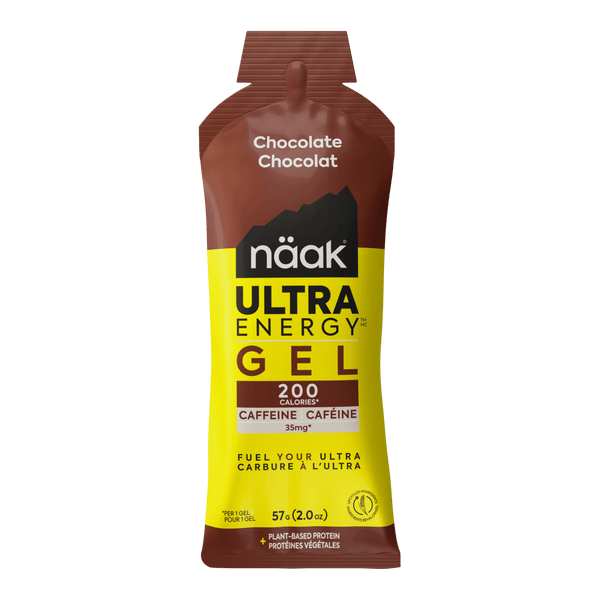
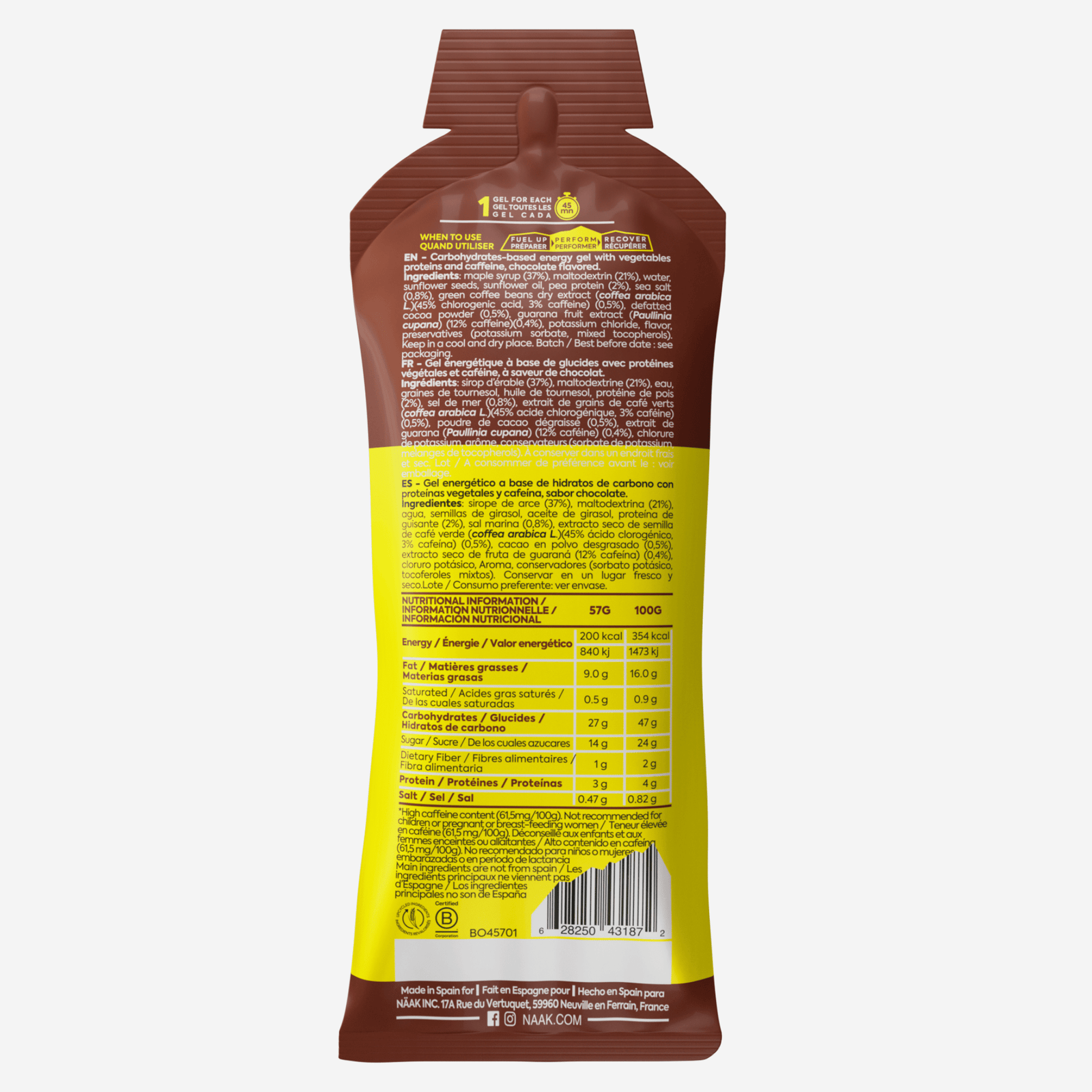
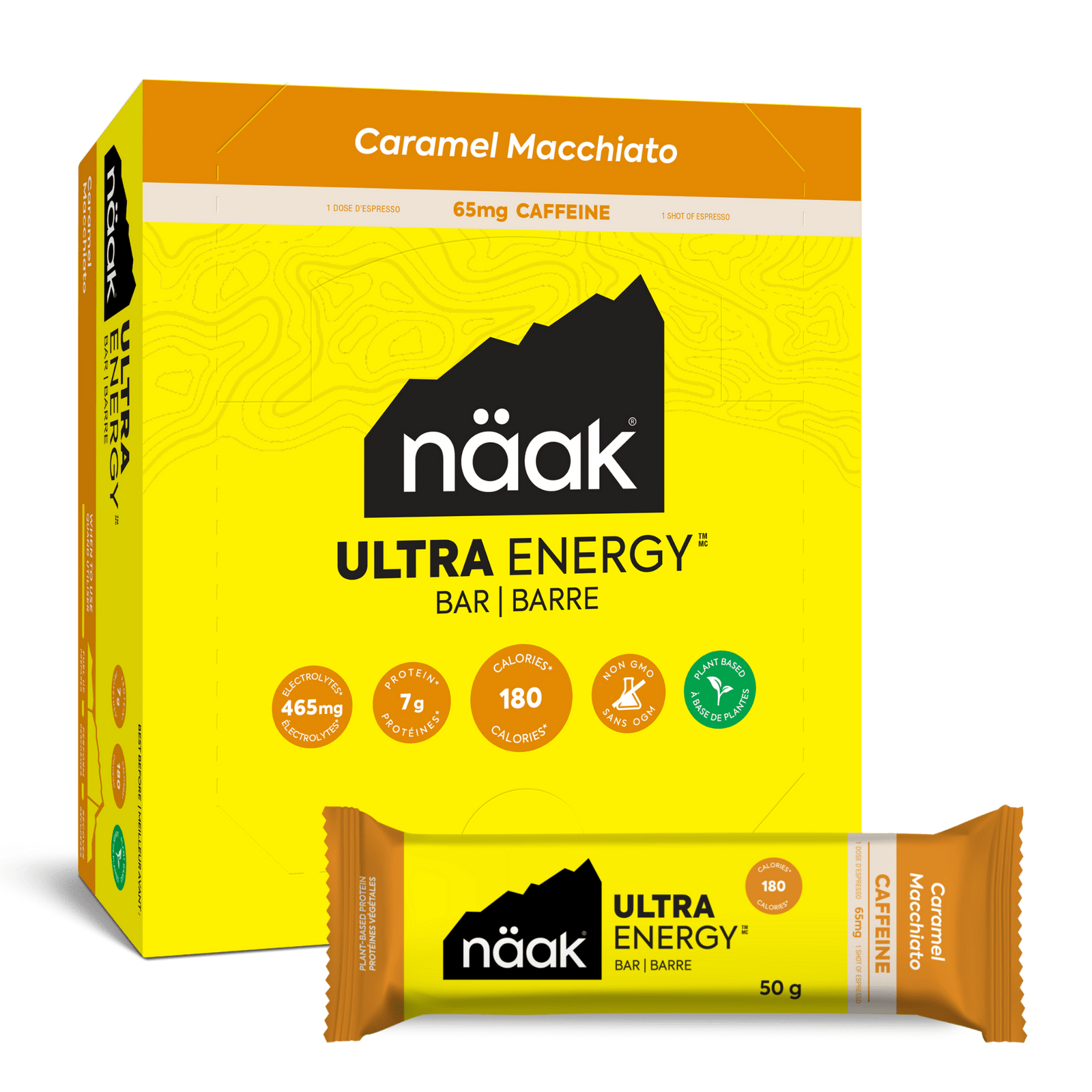
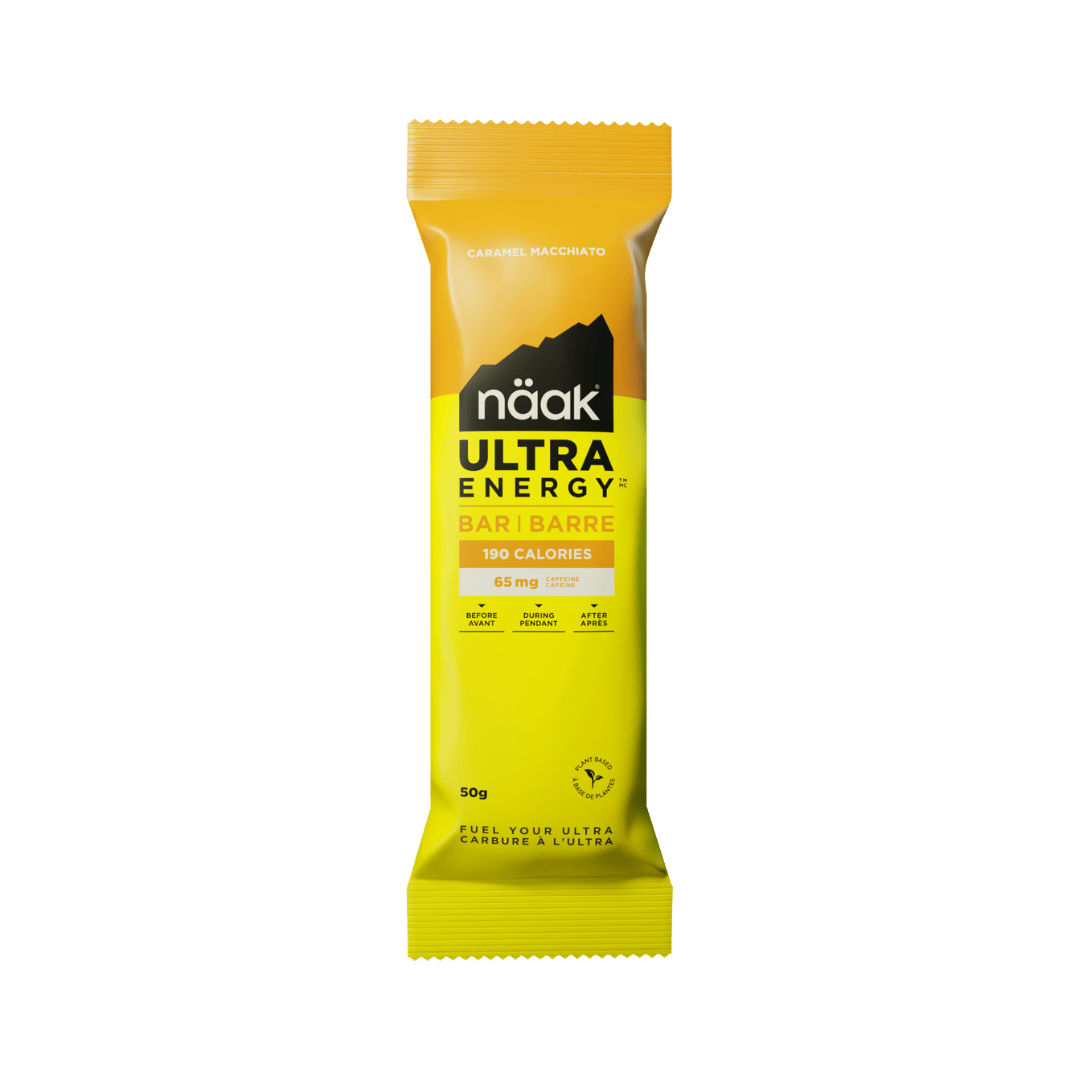
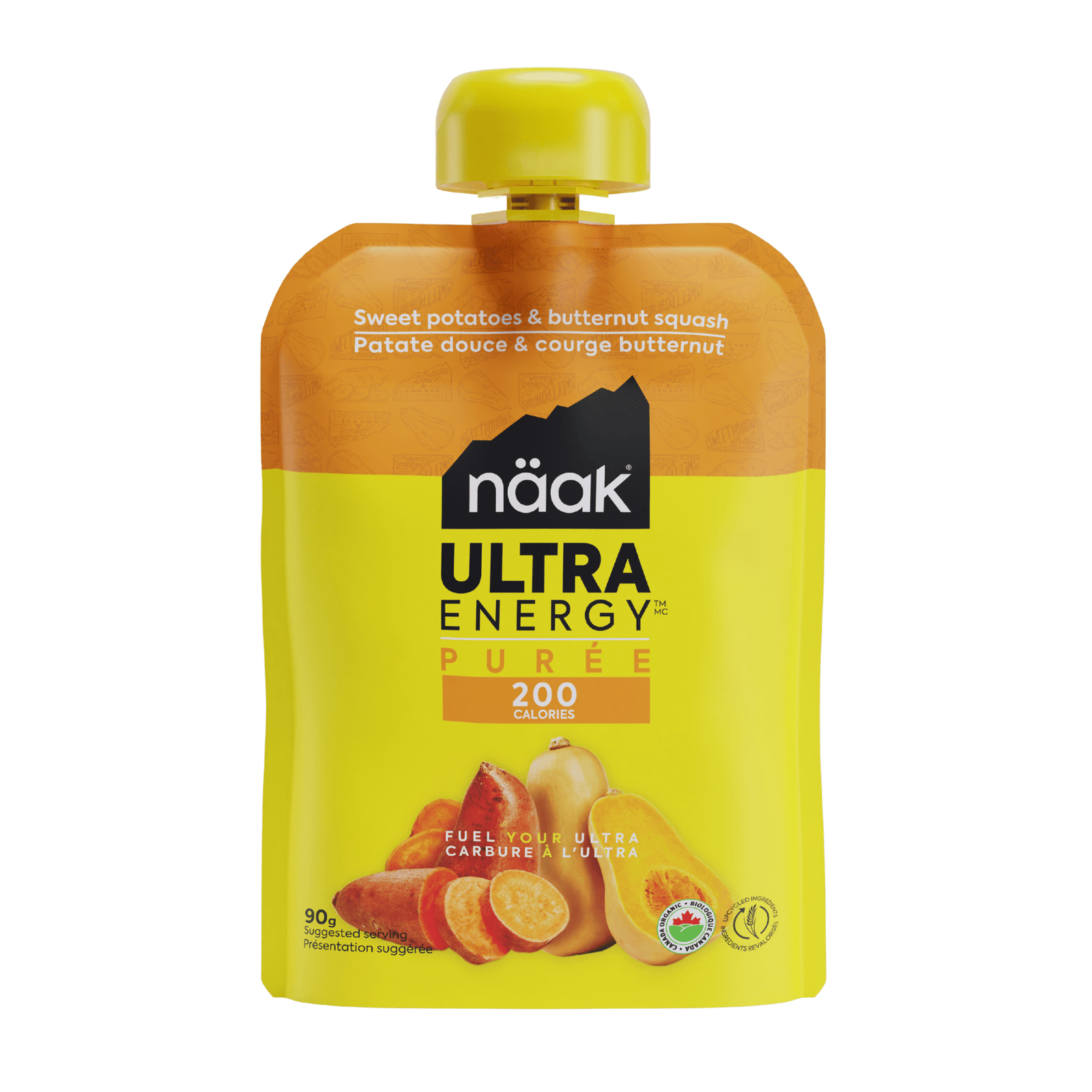
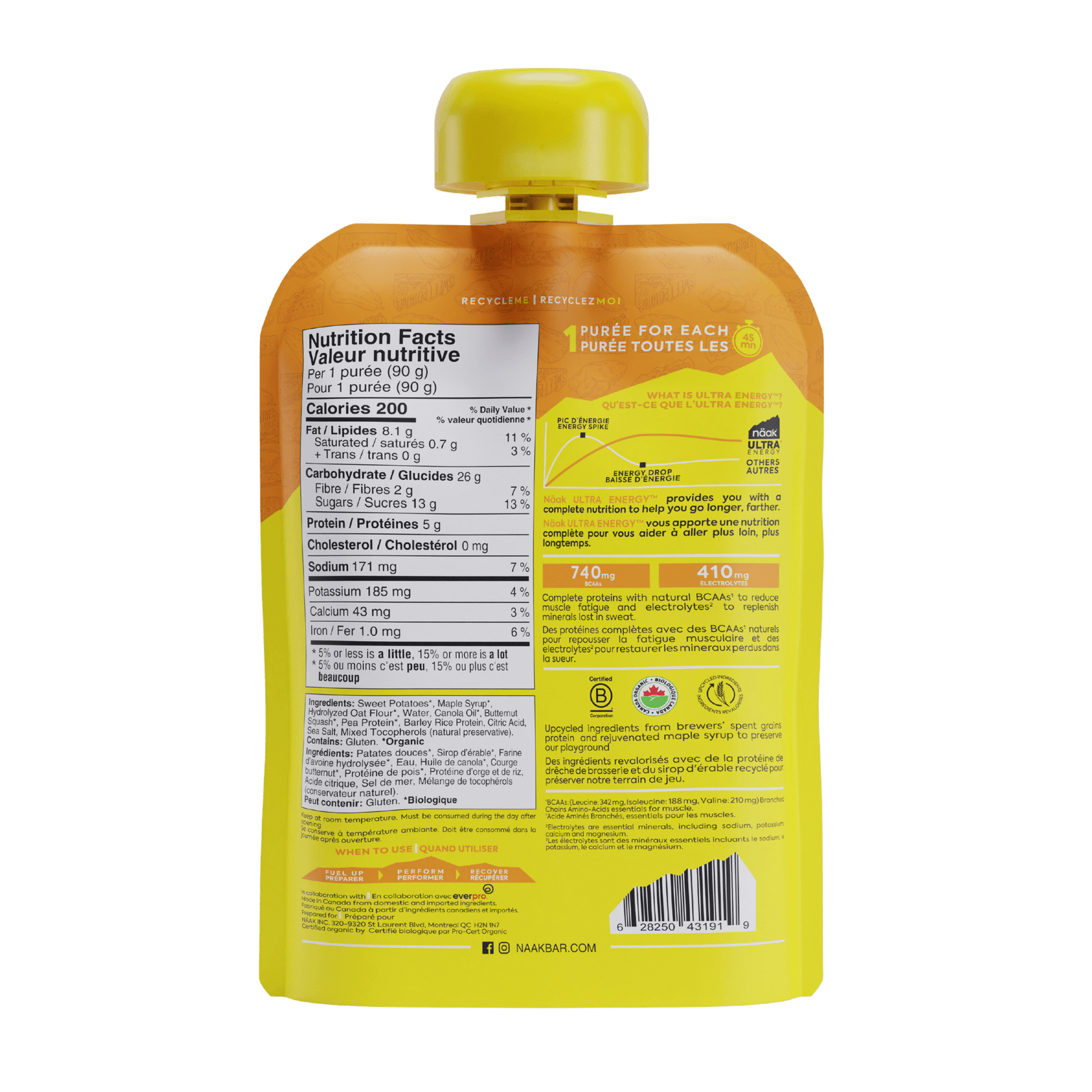
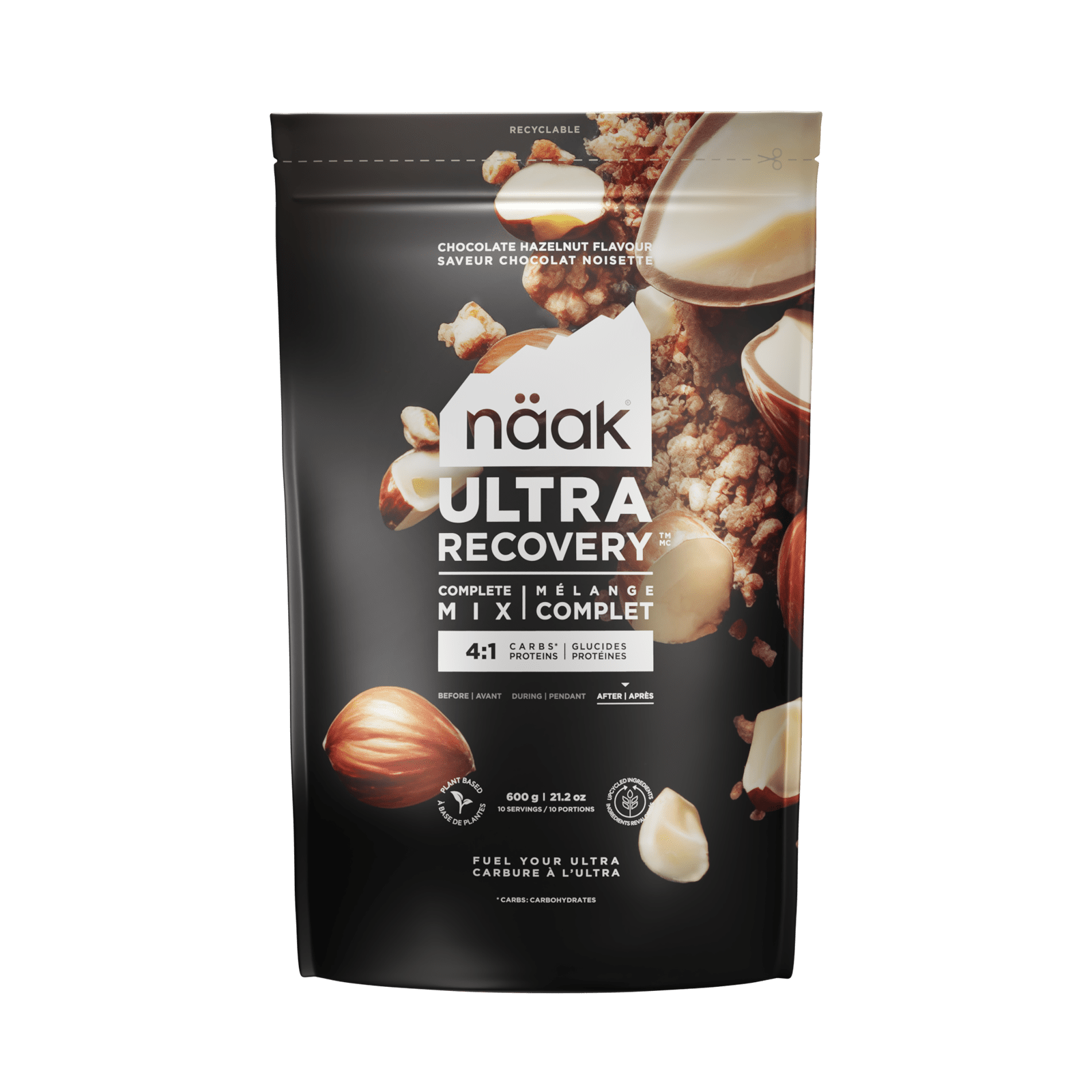

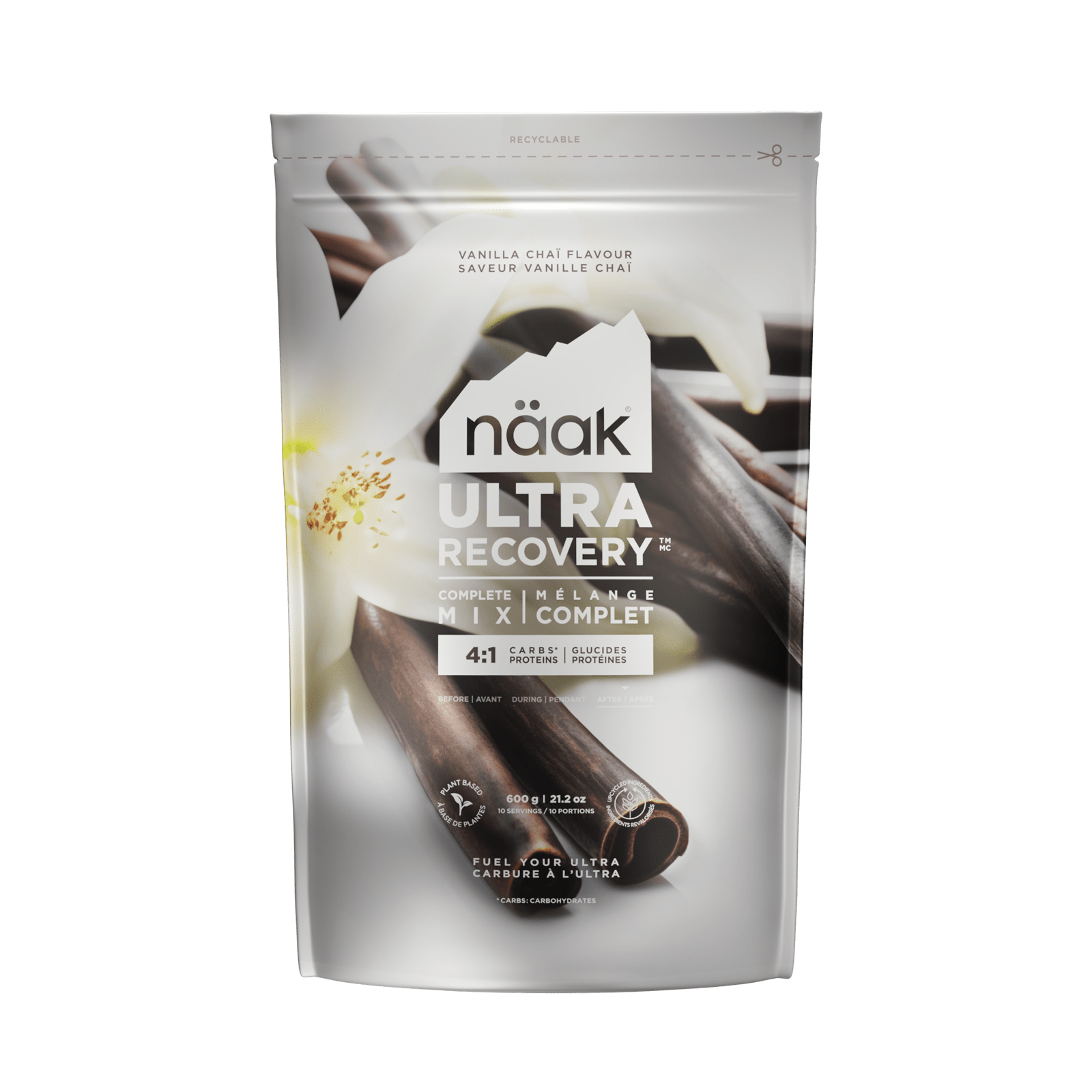
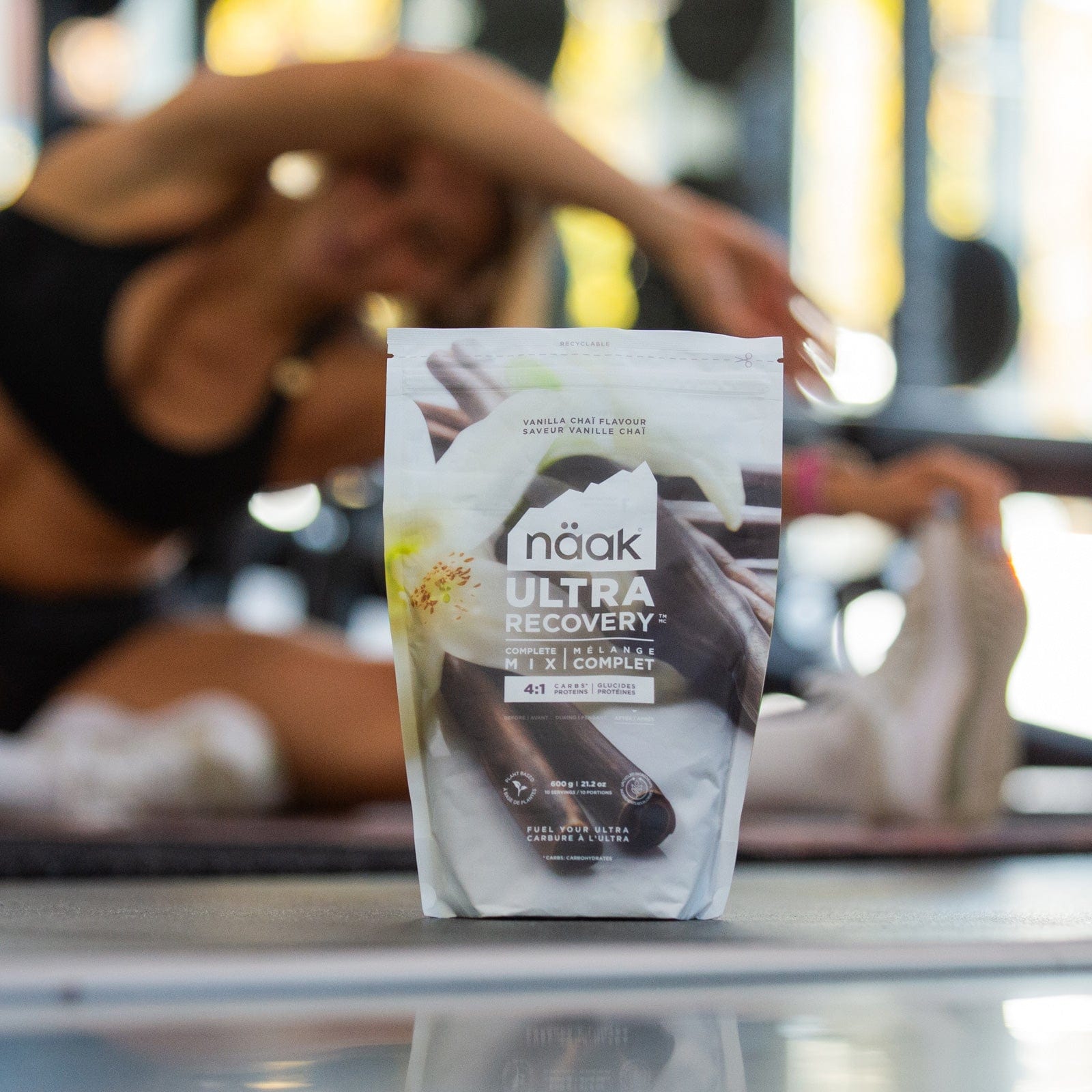
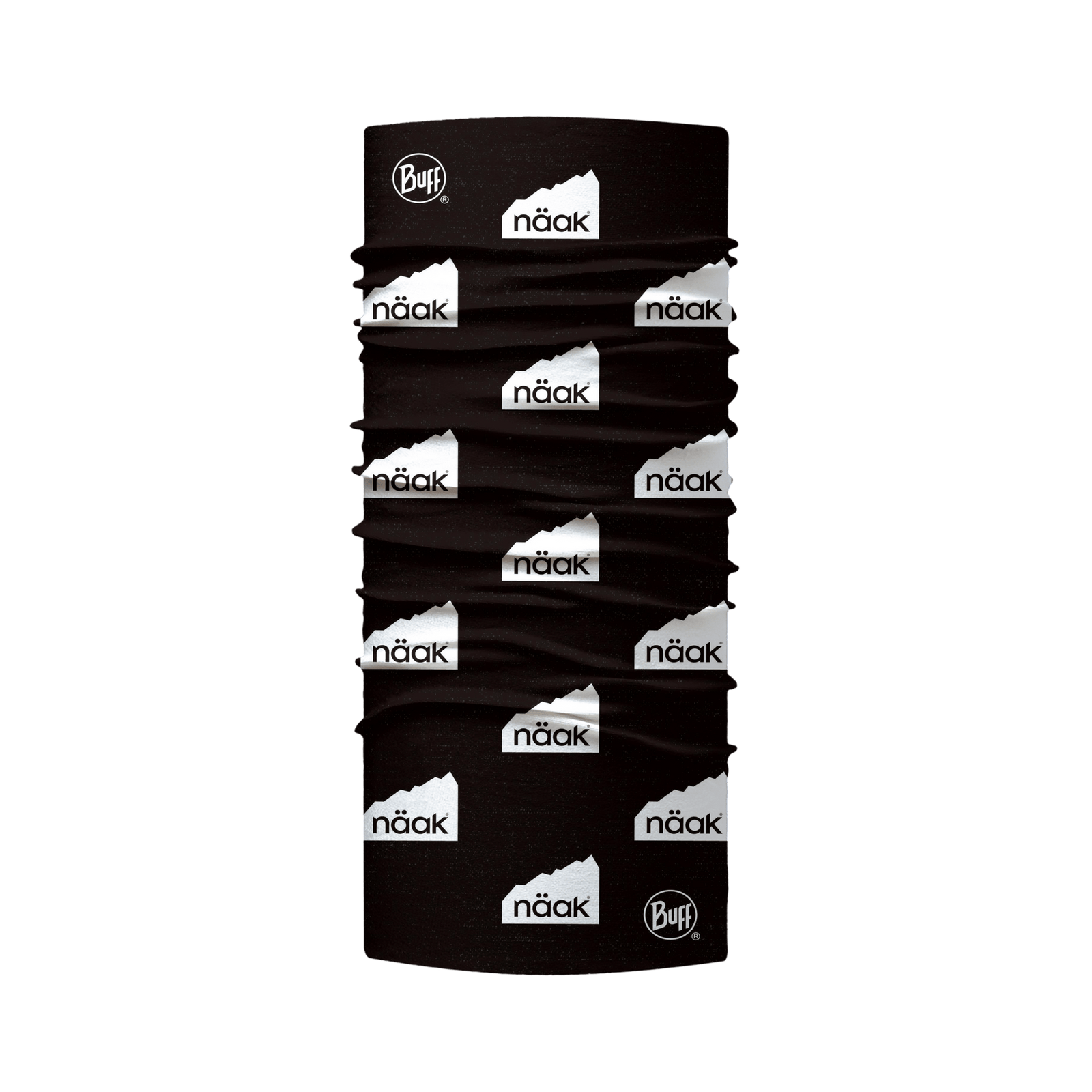

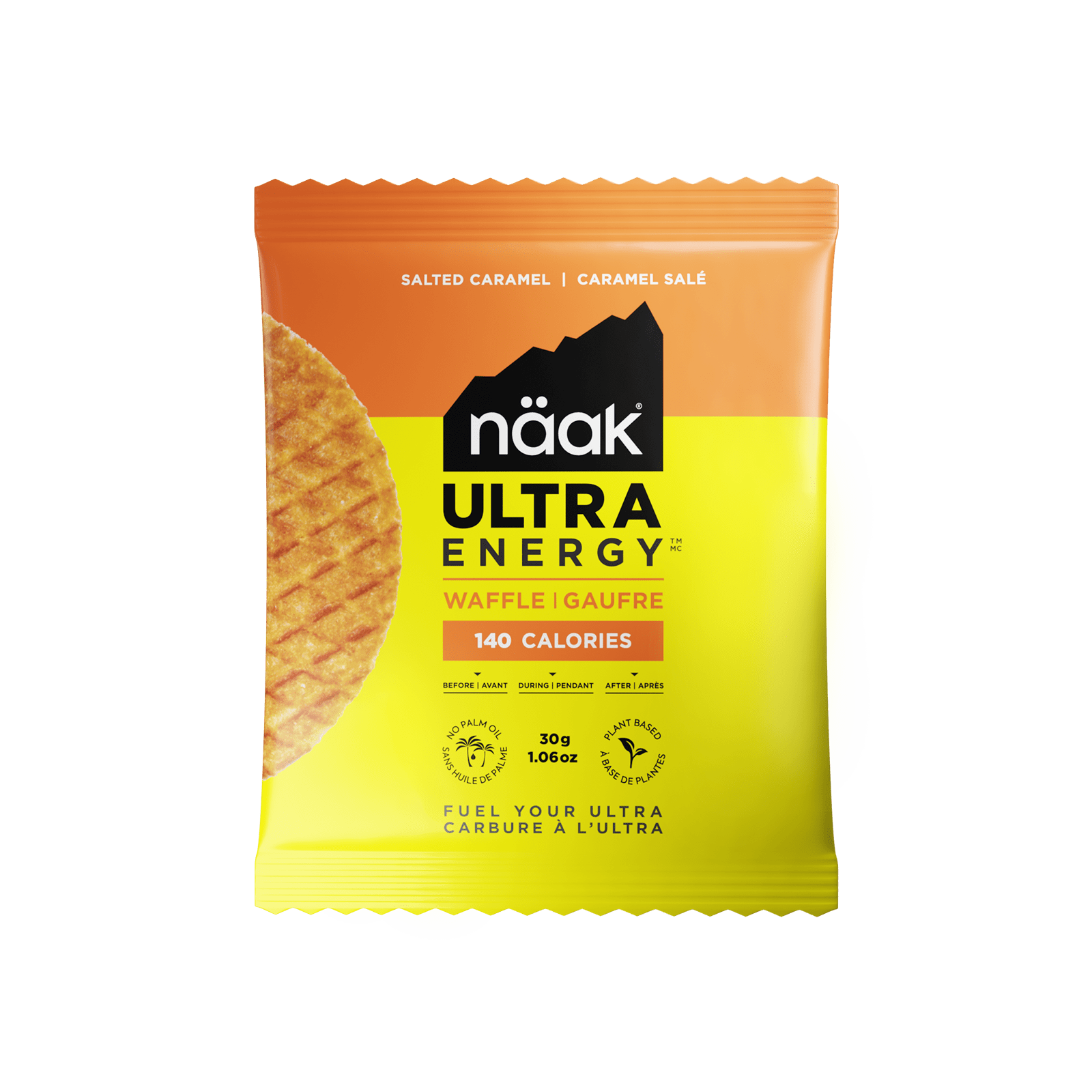



Laisser un commentaire